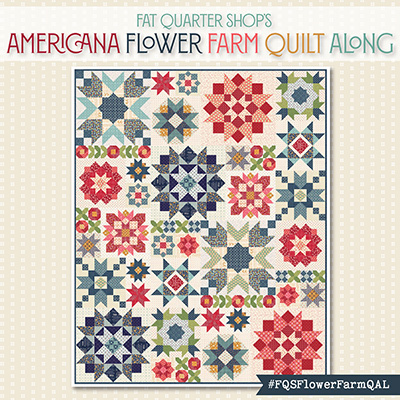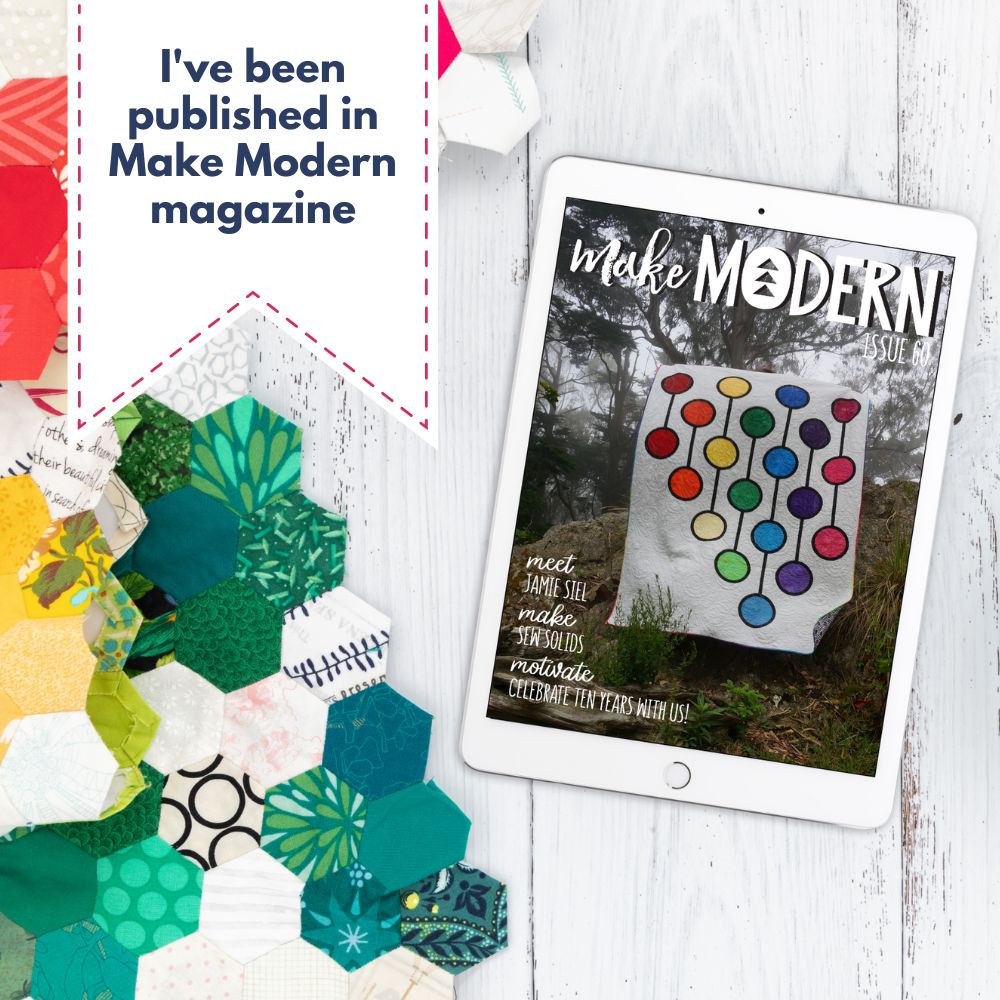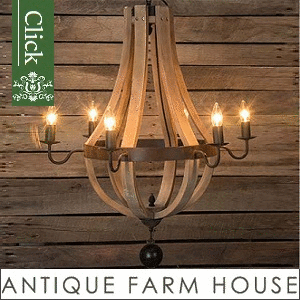About 10 years ago, my best friend’s mom asked me to bind a quilt she had been working on for her grandson. She was having trouble with the corners. I said, yes, of course and was happy to help out. When she dropped it off it was the strangest thing I had seen. It was two pieces of adorable fabric layered together, a grid of quilted seams tacked it together, and each square in the grid had something inside of it… This wasn’t batting. It was… heavy, weird, yet interesting: a weighted blanket.

I worked my way around the quilt attaching the binding to edges. It was slightly challenging because of the weight. However, it was doable. A few months later I spoke with my friend. She told me that her son was having learning problems, and she was taking him to therapy and she had been worried about him, and the weighted blanket could be a helpful tool. She had moved to Europe, and we didn’t get to talk very much because of crazy working hours and different times zones. I had no idea of what she had been going through. Fast forward many years later, and he is doing great, better than they could have anticipated. All of her worry and work helped him excel, which was what he was doing.

Destinations Fabrics
Last year when I saw these fabrics I knew I wanted to make a weighted blanket. The poster graphics are perfect for a grid. The fabric line is Destinations by the Anderson Design Group created for Riley Blake Designs and the panel is called The Grand Circle Poster Panel.
I have used past Anderson Design Group lines before, like in the Summer Bunting Quilt. Two times a year they add more posters to their collection. I love how colorful the fabrics are, and I love seeing the amazing view in the posters. It makes it a lot of fun to work with. I pulled from Riley Blake’s basic fabric lines to make the blocks used in the border. They are easy to make, and I think that they balance the quilt out well. In a bit, I’ll share with you how I made the weighted blanket, but first, let’s talk about what they are.

What are Weighted Blankets
They are a blanket that is created to weigh more than normal. They can be filled with plastic poly beads, teeny tiny glass beads, and even steel beads. These three options are the best to use in my opinion. I have heard of sand and pebbles, but I wouldn’t recommend using them. Washing them would be a nightmare! There really isn’t a good way to make a scientific trial on a weighted blanket. You can’t have a “blind trial”. Someone will know if they didn’t get the 10 lb. blanket and got stuck with the regular blanket. Therefore, there is no way to tell if there is a bias for or against the blankets.
With that being said, some studies done on healthy adults have shown that participants reported lower anxiety, and they felt more relaxed when using the weighted blankets. If this is something that sounds good to you, I would suggest that you do some research on them and talk to your doctor or therapist. If you have sleep apnea, respiratory problems, and certain sleeping disorders you shouldn’t use a weighted blanket.
The reason why a weighted blanket might be helpful is because the weight, which can feel like a great big hug, also stops your body from moving as much. That can lead to a calmer and settled nervous system. It is almost like being swaddled. But some babies like to be swaddled, and some don’t. So, this too isn’t a one size fits all thing.
How heavy should they be?
The rule of thumb is the body weight of the person it is for, multiplied by 10% (.01). So, if you are making for a 100 lb. teen, the blanket shouldn’t be more than 10lbs. That weight should be distributed equally throughout the quilt.

Calculating the grid
Before you start sewing your quilt together, you need to decide on the grid you will make. I am using 6” to 7” squares. This gave me 8 by 10 creating 80 squares in my grid. Now you know the weight that you will be adding to each square in the grid. Take 10 lbs. and divide that into the number of squares in the grid. 10 / 80 = 1.25 oz.
Creating the Blocks used in the border
I made fifteen blocks using teal and yellow and fifteen blocks with orange and green. 30 Blocks – unfinished block size – 6 ½” x 6 ½”

Pieces needed in the border blocks
White fabric (30) 2 ½” x 2 ½”
Yellow fabric (15) 2 ½” x 2 ½” (15)
Orange fabric (15) 2 ½” x 2 ½”
Green fabric (15) 4 ½” x 2 ½”
Teal fabric (15) 4 ½” x 2 ½”
Black fabric (30) 4 ½” x 2 ½”
Black fabric (30) 6 ½” x 2 ½”
Other items needed: The Grand Circle Poster Panel, lining the same size as finished top, backing, fabric binding

Pin and sew a white 2 ½” square to a yellow (or orange) 2 ½” square RST.
Press the seam to the yellow (or orange) fabric.


Pin and sew the long edge of the teal (or green) 4 ½” x 2 ½” rectangle to the white and yellow (or orange) square set.
Press the seam to the green (or teal) fabric.


Pin and sew the long edge of the black 4 ½” x 2 ½” rectangle to the yellow and teal (or orange and green) edge of the working block.
Press the seam to the black fabric.


Pin and sew the long edge of the black 6 ½” x 2 ½” rectangle to the teal (or green) and black edge of the working block.
Press the seam to the black fabric.

Creating the border rows
Pin and sew 6 blocks together alternating the placement of the blocks. Repeat. Iron seams open.

Pin and sew 9 blocks together alternating the placement of the blocks. Iron seams open.

Pin and sew 9 blocks together alternating the placement of the blocks. Iron seams open.

Sew a row of 6 blocks to the top and bottom edges of the panel. If the row is longer than the width of the panel, make a few of the seams wider. Pin and sew them together. Iron seams open.

Sew a row of 9 blocks to the left and right edges of the panel. If the row is longer than the width of the panel, make a few of the seams wider. Pin and sew them together. Iron seams open.
Putting the top together for a Weighted Blanket
Use 505 Quilt Basting Spray to adhere the lining to the quilt top. I do this because I am afraid of getting a hole in the top and having the plastic beads pour out.

Then layer the backing and the quilt top/lining on top of each other. Pin together well. Sew along the right edge, bottom edge, and left edge, creating a big pocket.


Then sew 7 seams down the vertical length of the quilt, creating 8 columns. Start at the bottom seam and work your way to the unsewn top edge. I used the border edge as a guide and the lines in between the posters as a guide. Then I found the middle of the posters and marked it with painter’s tape as an extra guide.


Use a kitchen scale to weigh the beads. Digital would be ideal, but I only had a manual scale, so I used that. Place a glass bowl on your scale, and then zero out the weight. I filled a ½ cup of plastic beads and poured it into the glass bowl. This gave me a little more than an ounce, and that is exactly what I wanted. At first I took the glass bowl and poured it into a funnel and had the funnel in the column that I was working on. As I grew more confident, I poured the ½ cup directly into each column.
Sew your first horizontal seam
Use a ruler to find the horizontal seam line. My first one was the border seam and used that seam as my sewing guid. However, for the seams within the panel I used painters tape to make my guides. Fill each of the 8 columns with your desired weight. Mine is 1.25 oz. After you have added the beads to all eight columns, move the beads down toward the last horizontal seam.
I used my fingers and nails, and then I pinned each space with three pins. As you sew the horizontal seam feel the area in front of you to make sure there are no beads in the path of your needle. If you feel a bead move it out of your path. You don’t want to sew over a bead. This will break your needle and it could possibly cause issues with the timing of your machine. Repeat this process until you get to the top of the quilt.

Tips on dealing with the weight
Fold the columns over and then on top of each other so they stay the width of one column. I was able to do this until the last two horizontal grid seams. I picked up the blanket and helped feed it into the sewing machine. This eliminates it getting stuck on the table edge. When I got to the last two seams I used my ironing board to hold the blanket. Make the ironing board the same height as your sewing table. At this point, you have to shift the blanket a little more since the bulk of the blanket doesn’t move by itself.


Use your favorite binding technique to finish your quilt. Here is a link to what I like to do.
Voila!! Now you have your very own weighted blanket to gift or love. I hope you liked this tutorial. Happy sewing everyone!!
















The Comments
Lori M.
Hello Elizabeth I have made a few weighted blankets, vests, and even lap covers for car rides. I found a great shortcut for the items that needed washed more often. First I made small bags with poly pellets using muslin fabric. Then when I made the clothing item or blanket I made envelope pockets on the back side. Then just slip in your pellet bags after washing. Some I left the back as pouches, others I added plastic snaps or even small ribbon to tie shut securely. Thank you for great tutorial and I love the Parks panels.
Elisabeth DeMoo
> Lori M.That is a great idea!! Removable pockets of beads. That would make washing them so much easier and better for your machine. Thank you for your input and sharing. Cheers!!
Destinations – Weighted Blanket + Tutorial! – Riley Blake Designs
[…] stop on our Destinations Project Tour takes us to BROWN BIRD DESIGNS, where Elisabeth is sharing a tutorial for her amazing Weighted Blanket featuring fabric from the […]
Broadway fabrics
Amazing post. Informative, thanks for sharing.
Elisabeth DeMoo
> Broadway fabricsThank you so much!! It’s alway nice to hear!!